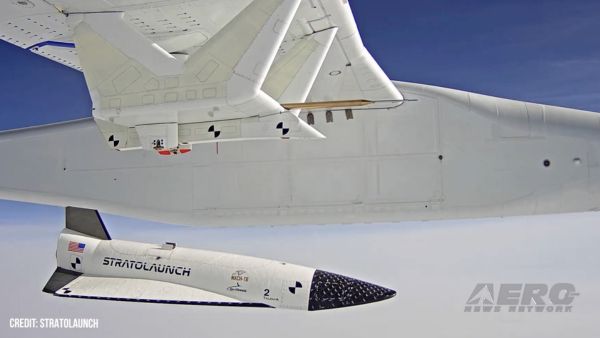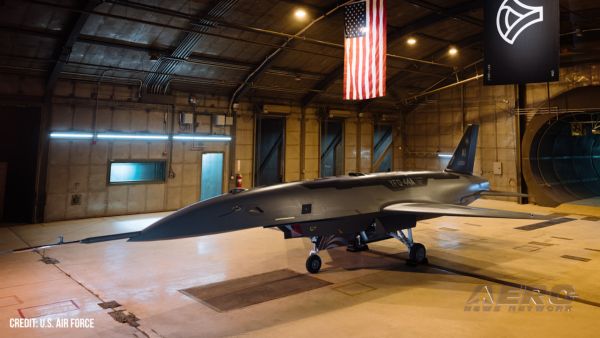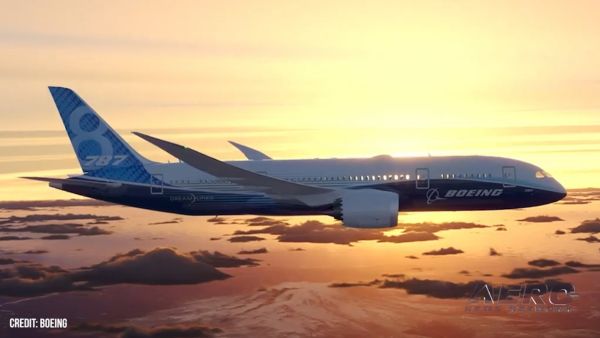Gathers Runway Improvement Data At Hartsfield-Jackson Atlanta International
A significant milestone was marked recently with the use of Unmanned Aerial Systems (UAS)—commonly known as drones—to inspect runway conditions at Hartsfield-Jackson Atlanta International. The mission was the first of its kind to use drones on the airfield of an international airport in the United States during daily airport operations.

Michael Baker International is partnering with ATL on a pavement evaluation project and identified an opportunity for the innovative use of UAS to collect information on the condition of the runway pavement. This method provides a large amount of data for the teams to analyze and can help document the runway for future rehabilitation and improvement decisions. It also presents a time and cost savings for the airport as it would take less than half the time to complete compared to the traditional approach of manually photographing the physical condition of the runway, which can take more than four hours.
The Michael Baker UAS team used its Topcon Falcon 8 aircraft to conduct the drone flight in mid-March and surveyed more than 3,000 linear feet of runway. The mission was conducted on the international Runway 9L/27R and was completed in less than 20 minutes, gathering approximately 630 photos of the airfield. This runway, the longest at the airport at 12,390 feet, typically carries the heaviest aircrafts, which cause the most pavement damage and safety concerns.
"Michael Baker and the Hartsfield-Jackson Atlanta International Airport have had a strong relationship for more than 14 years, collaborating on innovative and effective projects," said Quintin Watkins, aviation program manager in Michael Baker's Norcross, Ga., office. "This was a great opportunity for our experts in geographic information systems to assist the airport with a unique challenge. The information we successfully gathered during this flight will give the airport valuable insight on the ongoing safety and maintenance of the airfield. We hope to find ways to conduct similar missions with the airport in the future."
To plan for the project, Michael Baker obtained approval from the FAA to conduct UAS operations in Class B airspace at ATL. The FAA waiver is active for four months and requires the airport to be in a west flow condition, to establish two-way radio contact and to close the runway at the time of the flight.
During this and future missions, the team can generate contours, orthomosiac imagery, RGB 3-D textured mesh and a digital terrain model (DTM). This data can then be analyzed by the Michael Baker and airport teams using engineering software such as Autodesk, ESRI and Bentley, and can help determine future needs to improve and maintain the runway conditions.
Earlier this year, ATL also conducted a drone flight over its parking deck to identify areas for reconstruction. ATL, known as the world's busiest airport, serves more than 104 million passengers annually and offers nonstop service to more than 150 domestic and nearly 70 international destinations.
(Source: Michael Baker International news release)
 Klyde Morris (05.02.25)
Klyde Morris (05.02.25) Classic Aero-TV: Introducing The MD302--Mid-Continent's Standby Attitude Module
Classic Aero-TV: Introducing The MD302--Mid-Continent's Standby Attitude Module ANN's Daily Aero-Linx (05.04.25)
ANN's Daily Aero-Linx (05.04.25) ANN's Daily Aero-Term (05.04.25): Jamming
ANN's Daily Aero-Term (05.04.25): Jamming Aero-News: Quote of the Day (05.04.25)
Aero-News: Quote of the Day (05.04.25)


